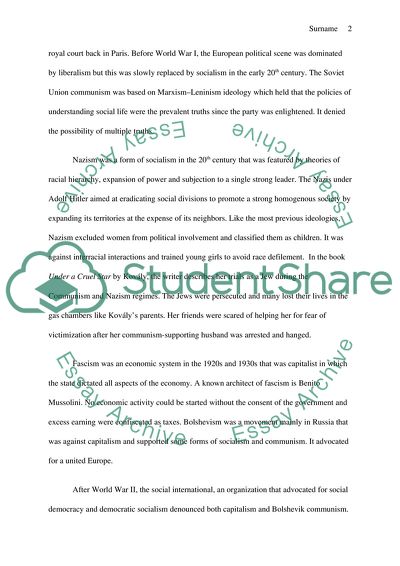Retrieved from https://studentshare.org/history/1643763-how-did-the-relationship-between-individual-and-state-change-over-the-course-of-the-twentieth-century
https://studentshare.org/history/1643763-how-did-the-relationship-between-individual-and-state-change-over-the-course-of-the-twentieth-century.


